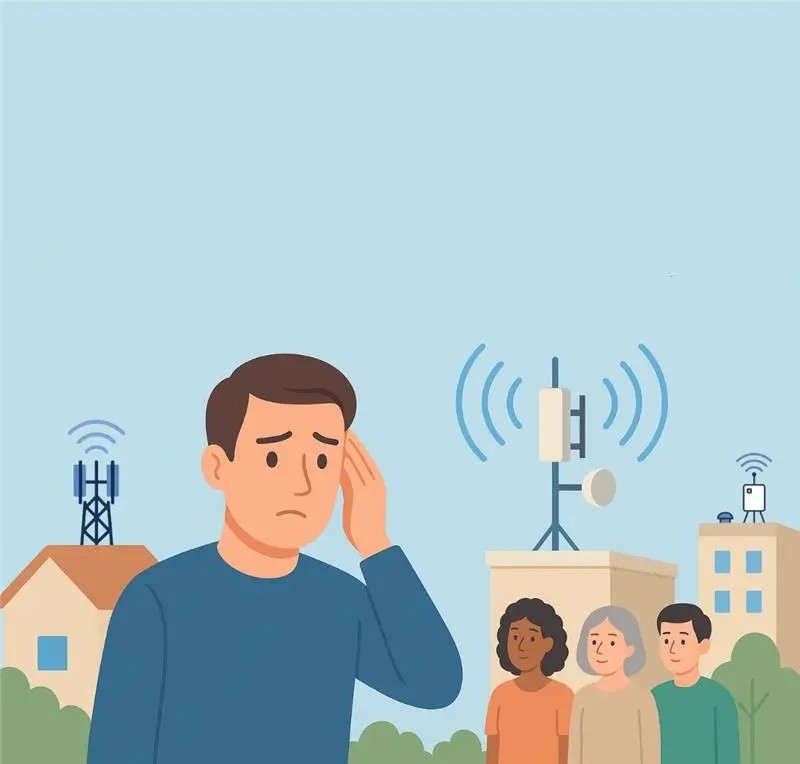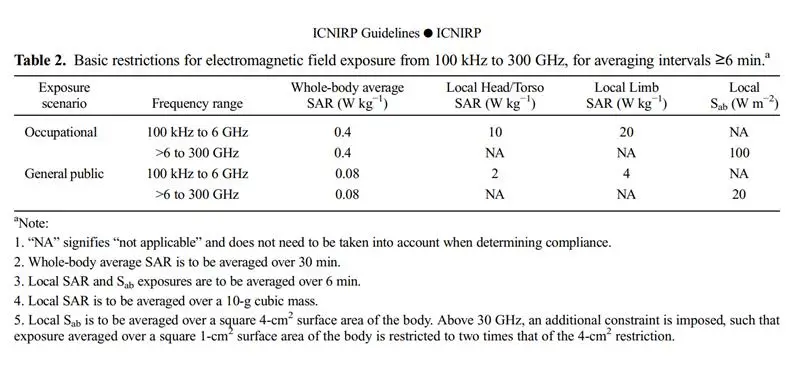Is Telecom Tower Radiation Safe? Evidence-Based Facts & Myths Debunked


Worried about radiation from telecom towers near your home or workplace? You’re not alone. With so many towers popping up everywhere, it’s natural to ask - are they safe? The good news: current research and safety regulations confirm that telecom towers aren’t a health risk for people nearby. In this article, we’ll break down the latest facts, debunk common myths, and explain practical steps you can take. Plus, see how TowerBuddy helps landowners and neighbours stay informed with clear site information.
What Science Reveals About Telecom Towers
Telecom towers are an essential part of modern communication, enabling mobile phones, internet connections, and other wireless services to function. These towers emit radiofrequency (RF) radiation, a type of non-ionizing electromagnetic radiation used to transmit signals over the air. Unlike ionizing radiation such as X-rays or gamma rays, which are known to damage cells and DNA - non-ionizing RF radiation does not carry enough energy to break chemical bonds or cause direct harm to human cells.
Regulatory bodies including the International Commission on Non-Ionizing Radiation Protection (ICNIRP) and the World Health Organization (WHO) set rigorous safety standards to ensure RF exposure from telecom towers remains well below harmful levels.
A World Health Organization-commissioned systematic review published in Environment International pooled high-quality human observational studies and concluded that mobile phone use and RF exposure are not associated with an increased risk of any type of cancers; the reviewers examined 63 studies from 1994–2022 and found meta-estimates near 1.0 (no effect). This is the most comprehensive human-study review to date.
International exposure limits and safety guidance:
The International Commission on Non-Ionizing Radiation Protection (ICNIRP) updated RF exposure guidelines in 2020; these set objective limits (whole-body and local SAR/reference levels) designed to protect everyone, including vulnerable groups, from known harmful effects (primarily heating). Most public exposure from base stations at ground level is far below these reference levels when towers are correctly sited and maintained.
Key Numbers & Facts on Telecom Tower Safety
The WHO-commissioned review included 63 observational studies (1994–2022) and reported pooled relative risks for glioma ≈ 1.01 (95% CI) essentially no increased risk.
ICNIRP’s 2020 technical report defines frequency-specific reference levels for public exposure and provides methods for compliance testing and modern base stations are engineered to meet those limits.
Telecom authorities like DoT / TEC / etc follow internationally recognized standards and run EMF monitoring, compliance procedures, and grievance mechanisms to ensure public exposures stay within norms. India’s regulatory materials also note that typical ground-level exposures from base stations are far below limits.
Multiple recent country-level analyses find no rise in brain cancer incidence that parallels the massive global increase in mobile phone use - a useful epidemiological check. (If cell phones or base stations caused big increases in brain tumours, we’d expect to see that at a population level.)
Debunking Common Myths
Myth 1: More Towers Mean More Radiation Exposure
Fact: Contrary to popular belief, adding more telecom towers actually reduces individual exposure to radiofrequency (RF) radiation. When more towers are deployed, each tower covers a smaller area and operates at lower power to maintain good signal strength. This means that devices and base stations don’t need to emit high levels of RF energy to communicate, resulting in lower radiation levels at ground level for the public.
Myth 2: Telecom Tower Radiation Causes Cancer
Fact: Leading health organizations like WHO, ICNIRP, and national agencies conclude there is no conclusive evidence linking RF radiation from telecom towers to cancer or other serious health effects. Epidemiological data show no population-level increase in brain tumors despite skyrocketing mobile phone use globally.
Myth 3: Telecom Towers Emit Dangerous Ionizing Radiation
Fact: Telecom towers emit non-ionizing RF radiation, which lacks the energy needed to break chemical bonds or damage DNA. Unlike ionizing radiation (e.g., X-rays or gamma rays) known to cause cellular damage, non-ionizing radiation is used safely in everyday devices like WiFi, Bluetooth, and mobile networks. International guidelines strictly limit RF exposure to levels proven safe, focusing mainly on preventing tissue heating.
Practical Advice for Worried Neighbours Near Telecom Towers
It’s important to rely on trusted sources for information rather than rumors. The Government of India’s Tarang Sanchar EMF portal provides map-based details and measurement reports of electromagnetic field (EMF) radiation from mobile towers in any locality. Locals can check whether nearby towers comply with the government’s EMF emission norms. Additionally, the Department of Telecommunications (DoT) periodically conducts audits and publishes safety compliance reports accessible to the public. Staying informed through such portals helps residents understand the actual safety status of telecom towers near them.
For extra peace of mind: reduce unnecessary direct phone-to-head time, prefer texting or hands-free for long calls, and avoid prolonged phone calls with the device pressed to the ear - these are low-cost behavioural measures that reduce exposure to the near-field from handset (These are precautionary - not because base stations are proven dangerous.)
Physical hazards
Physical risks such as falling equipment or lightning strikes are rare. These are engineering/maintenance issues: well-constructed towers have built-in lightning protection, secure mounting, and fenced restricted areas; the main public safety measure is that towers and equipment yards should be fenced and signposted and maintained by operators If neighbours observe visible structural damage, loose parts, or unsecured fencing, they should report it promptly to the tower operator or local authorities to ensure timely maintenance.
Bottom line
The fear that telecom towers pose health hazards to humans stems mainly from myths and misinformation. Comprehensive research and current data verify that the radiation emitted from telecom towers is within safe limits set by international standards and does not cause adverse health effects. Responsible deployment and regulation ensure public safety, while initiatives like TowerBuddy play a crucial role in education and transparency. That transparency can include: showing a tower’s operator, maintenance contact, compliance certificates (where available), and basic exposure testing reports - all of which improve trust and reduce fear by giving neighbours verifiable information rather than rumours. Understanding the facts helps society embrace the benefits of wireless technology without unnecessary fear.
This balanced and science-based approach will empower readers with the knowledge to debunk myths surrounding telecom tower hazards and appreciate the technological advancements that keep us all connected safely.